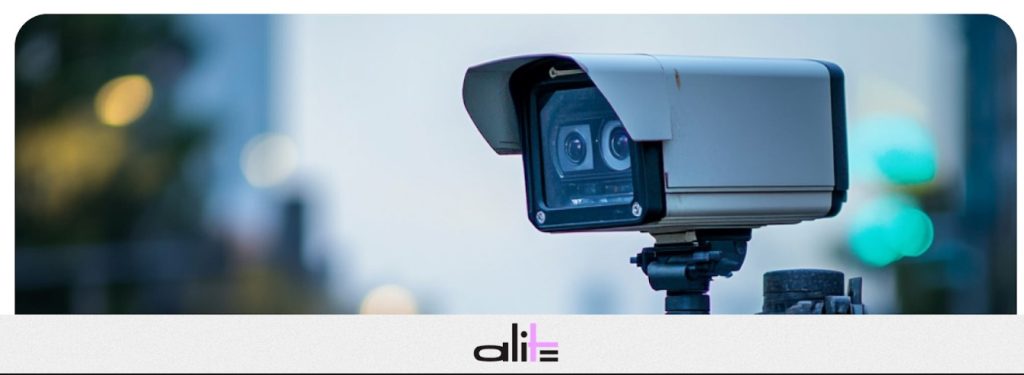Traffic cameras are a common sight on highways and city streets, used to monitor traffic flow and enforce laws. Many drivers wonder how traffic cameras work and whether there are ways to bypass or obscure them. While traffic cameras are designed to capture violations such as speeding, red-light running, and illegal turns, some technologies claim to reduce their effectiveness. In this article, we’ll explore the science behind highway traffic cameras and examine whether methods like nanofilm for license plate solutions actually work.
How Traffic Cameras Work
1. The Technology Behind Traffic Cameras
Traffic cameras use various imaging and sensor technologies to capture and record violations. These systems operate automatically, often without human intervention, making them highly efficient for law enforcement.
- High-Speed Photography: Cameras take multiple pictures within milliseconds to ensure a clear image of the vehicle and license plate.
- Infrared and Low-Light Imaging: Many cameras use infrared light to capture plates even in poor lighting conditions or at night.
- Radar and Inductive Loop Sensors: Speed cameras use radar to measure vehicle speed, while red-light cameras rely on inductive loop sensors embedded in the road to detect when a vehicle enters an intersection illegally.
- Automated License Plate Recognition (ALPR): Some cameras use ALPR technology to scan and automatically log plate numbers in databases.
- Advanced Machine Learning: Modern traffic cameras incorporate AI-driven software to detect patterns, classify vehicle types, and recognize repeat offenders.
2. Types of Traffic Cameras
There are different types of highway traffic cameras, each serving a specific purpose.
- Speed Cameras: Used to detect vehicles traveling over the speed limit.
- Red-Light Cameras: Capture vehicles that enter intersections after the signal has turned red.
- Toll Cameras: Installed on highways to monitor toll violations and ensure payment compliance.
- Surveillance Cameras: Used for general traffic monitoring and congestion management.
- Bus Lane and HOV Cameras: Enforce restricted lane usage by identifying unauthorized vehicles.
- Mobile Traffic Cameras: Temporary enforcement cameras placed in different locations to catch violators.

Can Traffic Cameras Be Fooled?
Many products claim to obscure license plates from traffic cameras, including nanofilm ecoslick license plate solutions and number plate film. But do these methods actually work?
1. Nanofilm for License Plate Concealment
A nanofilm for license plate is a specialized material designed to make license plates harder to read under certain conditions. These films work by reflecting or distorting light, potentially interfering with the camera’s ability to capture a clear image.
Pros:
- Can make it more difficult for some types of cameras to capture a legible plate.
- Easy to apply and remove without permanent modifications.
- Resistant to environmental wear such as rain and dirt.
2. Other Methods to Avoid Traffic Cameras
Aside from number plate film solutions – https://alite.cc/, some drivers attempt different tactics to evade detection, including:
- License Plate Covers: Clear or tinted covers designed to blur plate visibility.
- Reflective Sprays: Claim to cause glare when a camera flash is used.
- Mechanical Plate Flippers: Devices that allow the driver to flip or conceal their plate.
Can You Reduce Your Risk of Traffic Camera Tickets?
Instead of attempting to fool traffic cameras with questionable modifications, drivers can adopt safer and legal alternatives:
1. Follow Speed Limits and Traffic Signals
- The best way to avoid tickets is to follow the law. Speed cameras and red-light cameras are only triggered when violations occur.
2. Stay Aware of Camera Locations
- Many municipalities publish lists of active camera locations.
- GPS apps often provide real-time alerts when approaching a traffic camera.
- Dashcams with GPS integration can also alert drivers about speed zones and enforcement areas.
3. Properly Maintain Your License Plate
- Dirt, damage, or misalignment can result in incorrect citations.
- Ensure your plate is clean and clearly visible to avoid unnecessary issues.
- Always replace old or faded plates that may be difficult for cameras to read.
- Ensure your plate is properly illuminated at night to prevent misreads.
Understanding how traffic cameras work is essential for drivers looking to minimize their chances of receiving fines. While technologies like nanofilm ecoslick license plate solutions and number plate film claim to obscure plates, they often have limited effectiveness and may be illegal. Instead of attempting to fool traffic cameras, drivers should focus on safer and legal alternatives, such as following traffic laws and staying informed about camera locations. By doing so, they can drive with confidence while avoiding unnecessary fines.

